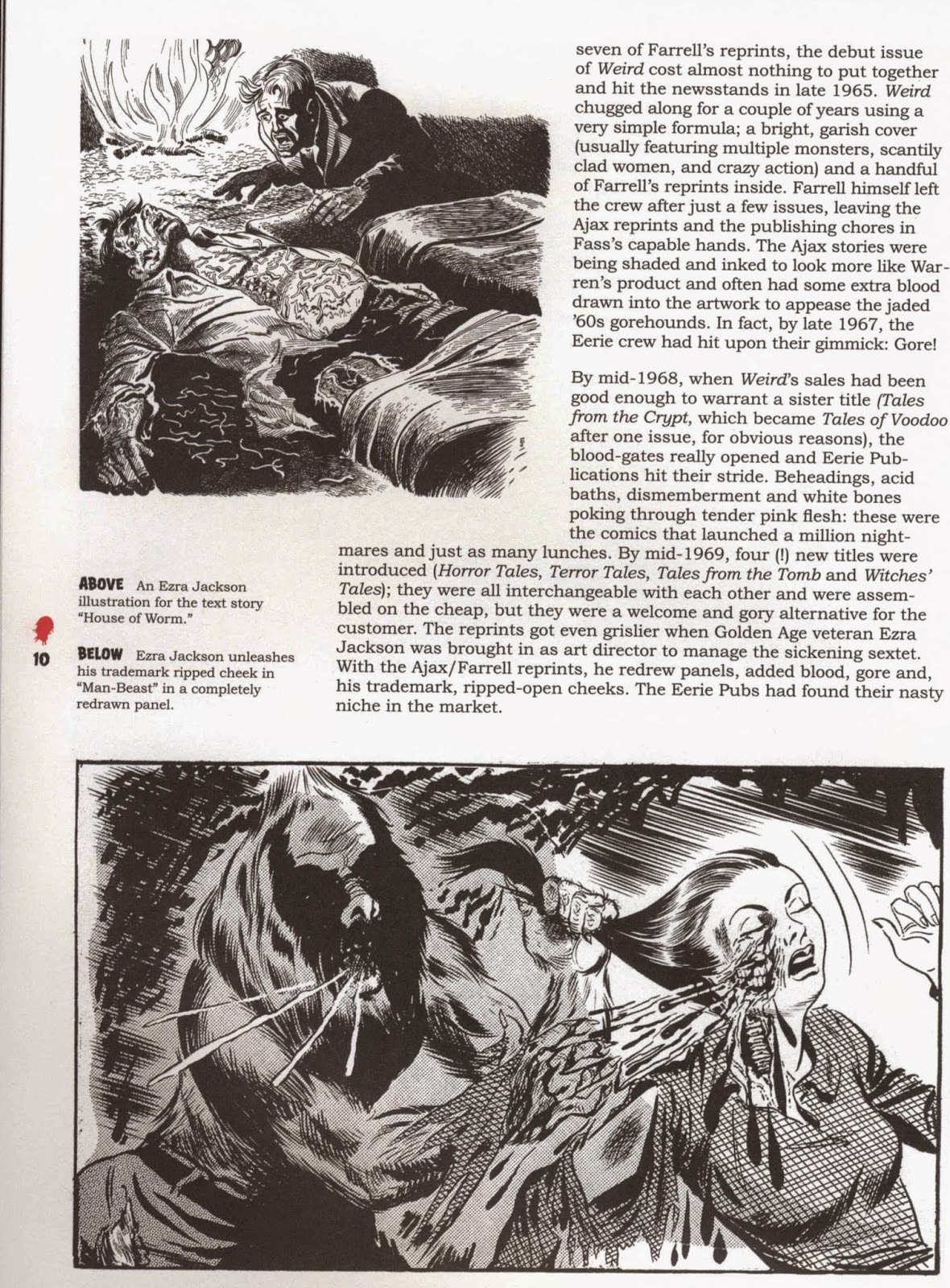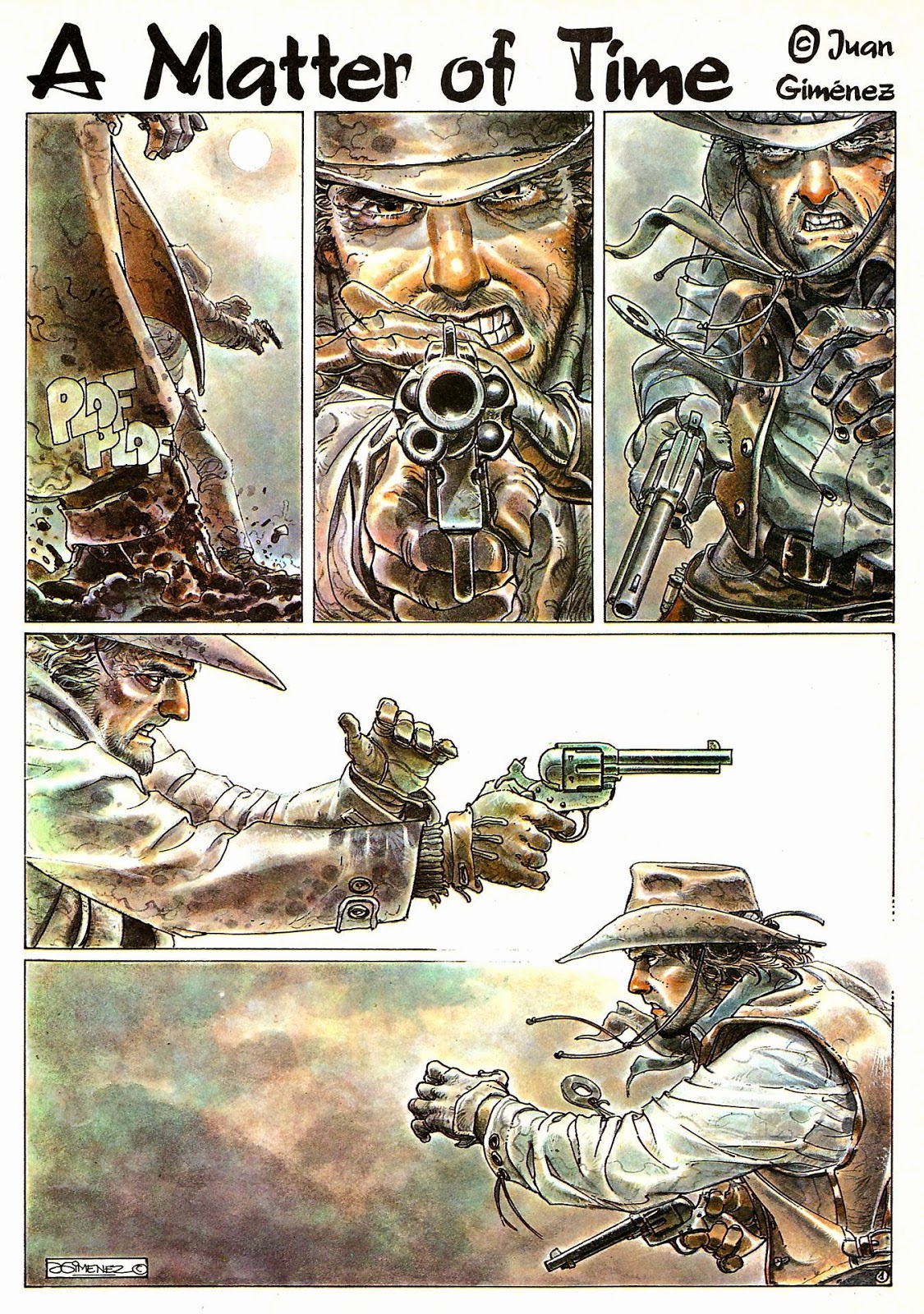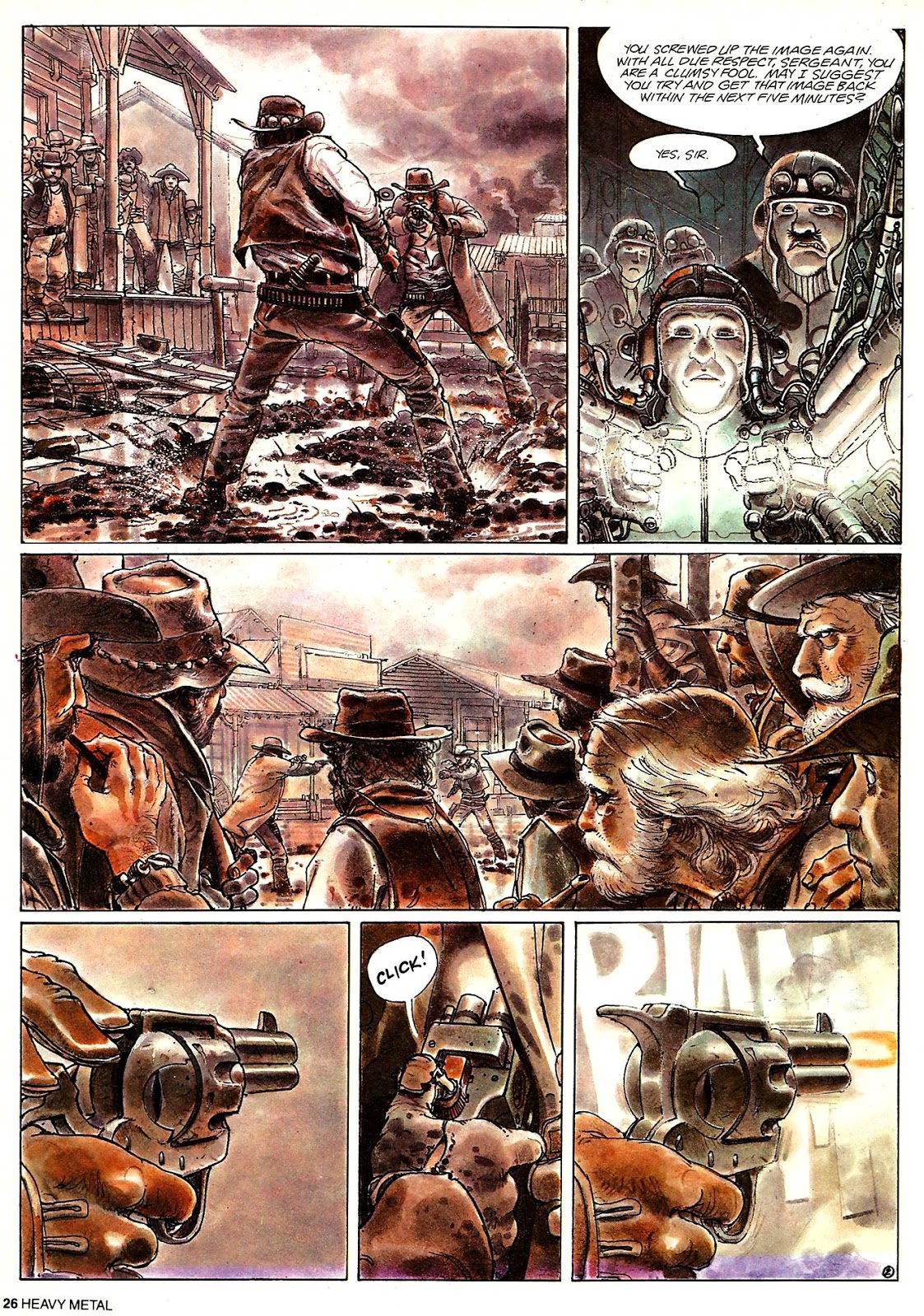Book Review: 'Count Zero' by William Gibson
4 / 5 Stars
‘Count Zero’ was first published in hardback in 1986; this Ace paperback edition (246 pp) was released in April, 1987. The cover artwork is by Richard Berry,
‘Count’ is the second volume in Gibson’s so-called ‘Sprawl’ trilogy, with ‘Neuromancer’ (1984) the initial volume, and ‘Mona Lisa Overdrive’ (1988) the third volume.
Thus, ‘Count’ is set in the same locales as Neuromancer, but several years after the events in that book; some of the characters in Neuromancer, as well as in several of Gibson’s short stories (such as ‘Burning Chrome’), make oblique appearances in ‘Count’.
Count Zero opens with quintessential cyberpunk prose, prose that revived sf writing from the doldrums into which it had fallen by the time of the mid-80s:
They set a slamhound on Turner’s trail in New Delhi, slotted it to his pheromones and the color of his hair. It caught up with him on a street named Chandni Chauk and came scrambling for his rented BMW through a forest of bare brown legs and pedicab tires. Its core was a kilogram of recystallized hexogene and flaked TNT.
He didn’t see it coming. The last he saw of India was the pink stucco façade of a place called the Kush-Oil Hotel.
It’s not disclosing spoilers to relate that Turner, a mercenary who specializes in supervising the defection of high-level scientific researchers from their corporate overseers, recovers from his attempted murder. He then gets recruited for a particularly dangerous defection job, one calling for a secretive operation in the remote Arizona desert. Turner suspects someone on his team of black market mercenaries, hackers, and medics is probably a saboteur, but he isn't certain as to their exact identity......and H-hour draws ever closer........
Bobby Newmark, aka ‘Count Zero’, is a young wannabe cyberspace cowboy who lives in his mother’s apartment in a seedy neighborhood in New Jersey. As the novel opens, Count Zero is trying a new hacking program that recently has gotten loose on the streets of the Sprawl. To Newmark’s dismay, it turns out that this is no ordinary hacking program, and when counterintrusion software, or ‘black ice’, mounts a response, Count Zero finds himself jacked into his Ono-Sendai deck, paralyzed, drooling, peeing his pants, and seconds away from dying…….
In Paris, Marly Krushkova, the former owner of a small art gallery, is contacted by the cyberspace avatar of the world’s richest man, Josef Virek. Virek hires Marly to find one Joseph Cornell, the reclusive genius who has crafted an unusual series of diorama-style artworks, artworks that command astronomical prices. As Marly sets out to track down Cornell, she discovers that someone else is interested in locating the artist….interested enough to commit murder…..
In ‘Count Zero’ these three plot threads eventually coalesce to illuminate corporate conspiracies, casual violence, and the manipulations of cyberspace by entities unknown.
4 / 5 Stars
‘Count Zero’ was first published in hardback in 1986; this Ace paperback edition (246 pp) was released in April, 1987. The cover artwork is by Richard Berry,
‘Count’ is the second volume in Gibson’s so-called ‘Sprawl’ trilogy, with ‘Neuromancer’ (1984) the initial volume, and ‘Mona Lisa Overdrive’ (1988) the third volume.
Thus, ‘Count’ is set in the same locales as Neuromancer, but several years after the events in that book; some of the characters in Neuromancer, as well as in several of Gibson’s short stories (such as ‘Burning Chrome’), make oblique appearances in ‘Count’.
Count Zero opens with quintessential cyberpunk prose, prose that revived sf writing from the doldrums into which it had fallen by the time of the mid-80s:
They set a slamhound on Turner’s trail in New Delhi, slotted it to his pheromones and the color of his hair. It caught up with him on a street named Chandni Chauk and came scrambling for his rented BMW through a forest of bare brown legs and pedicab tires. Its core was a kilogram of recystallized hexogene and flaked TNT.
He didn’t see it coming. The last he saw of India was the pink stucco façade of a place called the Kush-Oil Hotel.
It’s not disclosing spoilers to relate that Turner, a mercenary who specializes in supervising the defection of high-level scientific researchers from their corporate overseers, recovers from his attempted murder. He then gets recruited for a particularly dangerous defection job, one calling for a secretive operation in the remote Arizona desert. Turner suspects someone on his team of black market mercenaries, hackers, and medics is probably a saboteur, but he isn't certain as to their exact identity......and H-hour draws ever closer........
Bobby Newmark, aka ‘Count Zero’, is a young wannabe cyberspace cowboy who lives in his mother’s apartment in a seedy neighborhood in New Jersey. As the novel opens, Count Zero is trying a new hacking program that recently has gotten loose on the streets of the Sprawl. To Newmark’s dismay, it turns out that this is no ordinary hacking program, and when counterintrusion software, or ‘black ice’, mounts a response, Count Zero finds himself jacked into his Ono-Sendai deck, paralyzed, drooling, peeing his pants, and seconds away from dying…….
In Paris, Marly Krushkova, the former owner of a small art gallery, is contacted by the cyberspace avatar of the world’s richest man, Josef Virek. Virek hires Marly to find one Joseph Cornell, the reclusive genius who has crafted an unusual series of diorama-style artworks, artworks that command astronomical prices. As Marly sets out to track down Cornell, she discovers that someone else is interested in locating the artist….interested enough to commit murder…..
In ‘Count Zero’ these three plot threads eventually coalesce to illuminate corporate conspiracies, casual violence, and the manipulations of cyberspace by entities unknown.
As with 'Neuromancer', 'Count' is not the easiest read; it offer's Gibson's dense, descriptive prose, crammed with neologisms and idioms. Readers will need to accustom themselves to Gibson's idiosyncratic approach to writing; for example, passages describing a desert landscape or a neighborhood of the Sprawl or the depths of cyberspace may be lengthy and adjective-filled, while important plot developments are related in clipped, casual sentences that are easily overlooked.
However, as the second novel from Gibson, 'Count' stands out as a worthy sequel to Neuromancer, proving that Gibson was no one-hit wonder and that cyberpunk would have an impact on sf equivalent to, if not greater than, the New Wave movement. It remains an important contribution to the cyberpunk Canon.




.jpg)



















































































































































































